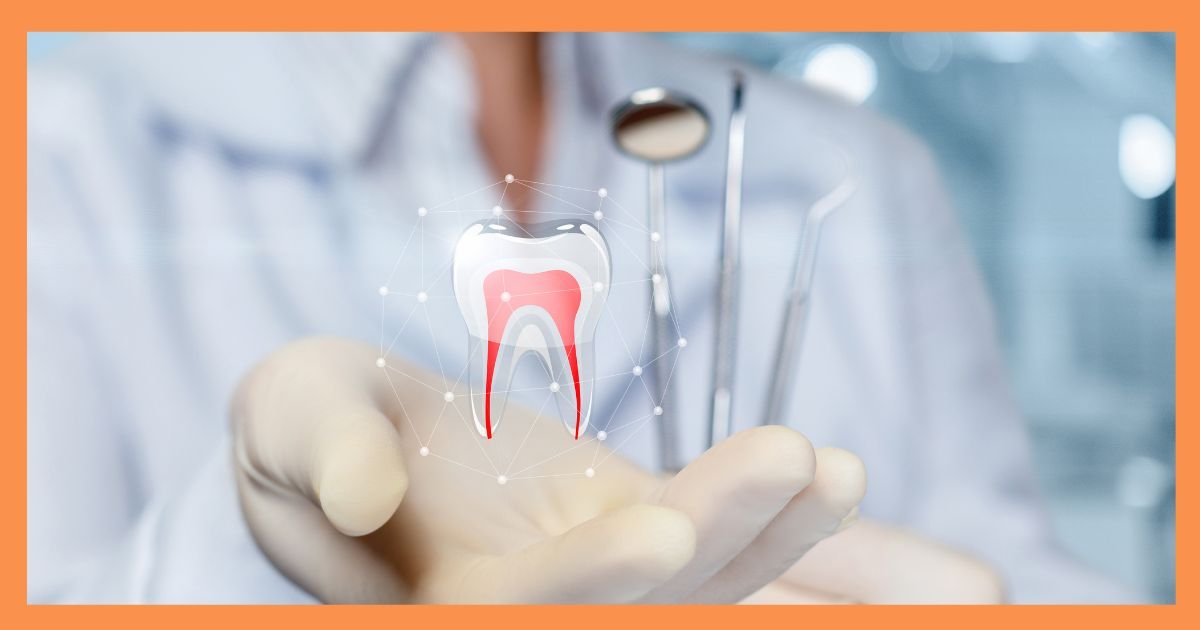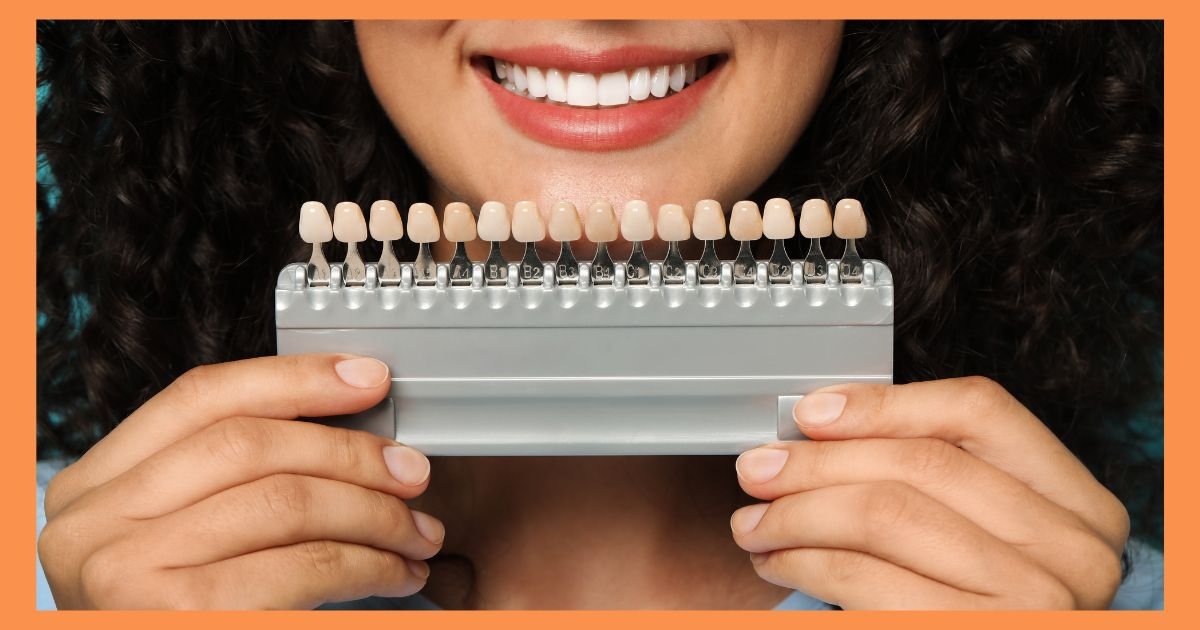Table of Contents
- Introduction
- What Are Dental Crowns?
- Types of Dental Crowns
- What Are Dental Bridges?
- Benefits of Dental Crowns and Bridges
- The Procedure for Getting Crowns and Bridges
- Choosing the Right Dentist for Crowns and Bridges
- Frequently Asked Questions
- Conclusion
Introduction
Restorative dentistry is essential for maintaining oral health and functionality, especially when teeth are damaged or missing. Among the various treatments available, dental crowns and dental bridges play a pivotal role. These solutions not only address functional issues but also enhance the aesthetics of your smile.
Dental crowns are custom-made caps that cover damaged or weakened teeth, offering protection and restoring their original shape and strength. They are particularly beneficial for teeth that have suffered from decay or trauma, providing a durable and natural-looking solution. On the other hand, dental bridges are used to fill gaps created by missing teeth. By anchoring artificial teeth to adjacent natural teeth or implants, bridges restore both the appearance and functionality of your smile, ensuring that you can chew and speak comfortably.
Choosing the right treatment and the right dentist is crucial for achieving the best results. At Dr. Khullar’s dental clinic in DLF Phase 3, Golf Course Road DLF Phase 5 Gurgaon, and Sapphire 83 Mall New Gurgaon, patients receive top-notch care from experienced professionals. Whether you’re looking for affordable dental crowns or seeking the expertise of a crown specialist dentist near me, these locations offer high-quality solutions tailored to your needs.
In this blog, we’ll delve into the specifics of crowns and bridges, exploring their types, benefits, procedures, and how to select the best dentist for your needs. Understanding these aspects will help you make informed decisions and ensure a healthier, more confident smile.
What Are Dental Crowns?
Dental crowns are protective caps that cover and restore the shape, size, and strength of a damaged or weakened tooth. Think of a crown as a cover that fits snugly over a tooth, much like a thimble fits over a finger. Crowns are custom-made to match the natural contours and color of your teeth, ensuring that they blend seamlessly with your smile.
Purpose of Dental Crowns
Dental crowns serve several important functions:
- Protection: They shield a tooth that has been severely decayed or fractured, preventing further damage and decay.
- Restoration: Crowns restore the tooth’s original shape and function, making it possible to chew and speak normally.
- Aesthetics: They improve the appearance of a tooth that is discolored, misshapen, or otherwise unsightly, enhancing the overall look of your smile.
When Are Dental Crowns Needed?
Crowns may be recommended in various situations, including:
- Severe Decay: When a tooth is too damaged by decay to support a filling, a crown can protect and restore it.
- Fractures: A tooth that has been cracked or broken can be reinforced with a crown.
- Large Fillings: If a tooth has a large filling that makes it weak, a crown can help prevent it from breaking.
- Root Canal Therapy: After a root canal, a tooth is often more brittle and needs a crown to restore its strength and function.
- Cosmetic Enhancement: Crowns can improve the appearance of teeth that are discolored, misshapen, or have been heavily worn down.
Types of Dental Crowns
- Porcelain Crowns: Made from a type of ceramic material, these crowns offer a natural look and are ideal for visible front teeth.
- Metal Crowns: These are highly durable and made from alloys like gold or platinum. They are often used for back teeth due to their strength.
- Porcelain-Fused-to-Metal Crowns: Combining the durability of metal with the aesthetic appeal of porcelain, these crowns are suitable for both front and back teeth.
- Zirconia Crowns: Known for their exceptional strength and natural appearance, zirconia crowns are a popular choice for many patients.
What Are Dental Bridges?
Dental bridges are prosthetic devices used to replace one or more missing teeth by anchoring an artificial tooth (or teeth) to the adjacent natural teeth or dental implants. They effectively “bridge” the gap left by missing teeth, restoring both the function and appearance of your smile.
Purpose of Dental Bridges
Dental bridges serve several key purposes:
- Restoration of Function: They enable you to chew and speak properly by filling the gaps left by missing teeth.
- Aesthetic Improvement: Bridges help restore the natural look of your smile, giving you a complete and even appearance.
- Prevention of Shifting: By filling the gaps left by missing teeth, bridges prevent adjacent teeth from shifting into empty spaces, which can lead to bite problems and other dental issues.
- Maintaining Bite Alignment: Bridges help maintain the alignment of your bite, preventing uneven wear and stress on your remaining teeth.
Types of Dental Bridges
- Traditional Bridges: These are the most common type, consisting of one or more artificial teeth (pontics) that are anchored to the adjacent natural teeth using crowns. Traditional bridges are typically used when there are healthy teeth on either side of the gap.
- Cantilever Bridges: Used when there are adjacent teeth on only one side of the missing tooth or teeth. The pontic is anchored to a single crown on one side of the gap. This type of bridge is less common and is used when space is limited.
- Maryland Bridges: These use a metal or porcelain framework bonded to the back of the adjacent teeth, which eliminates the need for crowns on these teeth. Maryland bridges are often used for replacing front teeth and offer a less invasive option.
- Implant-Supported Bridges: These bridges are supported by dental implants rather than crowns on adjacent teeth. Implant-supported bridges provide a more stable and long-lasting solution, especially useful when multiple teeth are missing.
Procedure for Getting a Dental Bridge
- Initial Consultation: Your dentist will evaluate your oral health and determine the best type of bridge for your needs. This may involve X-rays or other diagnostic tools.
- Preparation: The adjacent teeth (or implants) are prepared by removing a portion of the enamel to accommodate the crowns or framework.
- Impressions: Impressions of your teeth are taken to create a custom bridge that fits perfectly.
- Temporary Bridge: A temporary bridge may be placed while your permanent one is being made.
- Fitting: The permanent bridge is placed and adjusted to ensure a proper fit and bite alignment.
- Follow-Up: Regular follow-up visits ensure that the bridge is functioning well and that your oral health is maintained.
Benefits of Dental Crowns and Bridges

Dental crowns and dental bridges offer numerous advantages, both functional and aesthetic, making them valuable solutions in restorative dentistry. Here’s a look at the key benefits of these treatments:
1. Restored Functionality
- Chewing and Biting: Crowns and bridges restore the ability to chew and bite effectively. This is particularly important if you have damaged or missing teeth, as it allows you to enjoy your favorite foods without discomfort or difficulty.
- Improved Speech: Missing or damaged teeth can affect your ability to speak clearly. By filling gaps and covering damaged teeth, crowns and bridges help restore normal speech patterns.
2. Enhanced Aesthetics
- Natural Appearance: Modern crowns and bridges are designed to match the color and shape of your natural teeth. Materials like porcelain and zirconia blend seamlessly with your existing teeth, providing a natural-looking smile.
- Confidence Boost: A restored smile can significantly boost your self-esteem and confidence. Whether you’re dealing with a single damaged tooth or multiple missing teeth, crowns, and bridges help in achieving a more attractive and cohesive smile.
3. Prevention of Further Dental Issues
- Protection of Weakened Teeth: Crowns protect teeth that are weakened due to decay or trauma. By covering and reinforcing these teeth, crowns prevent further damage and decay.
- Prevention of Shifting Teeth: Bridges fill gaps left by missing teeth, preventing adjacent teeth from shifting into these spaces. This helps in maintaining proper alignment and preventing bite issues.
4. Durability and Longevity
- Long-Lasting Solutions: Crowns and bridges are made from durable materials like porcelain, metal, or zirconia, which can withstand the forces of chewing and last for many years with proper care.
- Cost-Effective: Considering their durability and longevity, crowns and bridges are a cost-effective solution for restoring damaged or missing teeth. Investing in high-quality restorations can save you from needing additional treatments in the future.
5. Improved Oral Health
- Easier Cleaning: Replacing missing teeth with bridges helps in maintaining good oral hygiene. It’s easier to clean a full set of teeth, reducing the risk of gum disease and other dental problems.
- Support for Facial Structure: Missing teeth can lead to changes in facial structure, such as sunken cheeks or an altered bite. Crowns and bridges help in preserving the natural shape of your face by filling gaps and supporting the surrounding tissues.
The Procedure for Getting Crowns and Bridges
Getting dental crowns or dental bridges involves several key steps, each designed to ensure that the final restoration fits well looks natural, and functions effectively. Here’s a detailed look at the typical procedure for obtaining crowns and bridges:
1. Initial Consultation and Examination
- Evaluation: Your dentist will perform a comprehensive examination of your oral health. This may include X-rays or other diagnostic tools to assess the condition of your teeth and gums.
- Treatment Planning: Based on the examination, your dentist will discuss the best options for crowns or bridges, considering factors like the extent of damage, the condition of adjacent teeth, and your overall dental health.
2. Tooth Preparation
- For Crowns: The tooth that requires a crown will be prepared by removing a portion of its outer surface. This creates space for the crown to fit comfortably and securely. If the tooth has a large filling or decay, it will be shaped to ensure the crown can cover it effectively.
- For Bridges: The adjacent teeth (abutment teeth) are prepared by removing some of their enamel to accommodate crowns. These crowns will anchor the bridge in place. In cases where dental implants are used instead of natural teeth, the implants are placed during this step.
3. Impressions
- Creating Impressions: Impressions of your teeth are taken to create a custom crown or bridge. These impressions can be made using traditional molding materials or digital scanning technology, depending on your dentist’s practice.
- Temporary Restorations: While your permanent crown or bridge is being made, a temporary restoration may be placed to protect the prepared tooth or teeth and maintain function.
4. Fabrication of the Permanent Crown or Bridge
- Laboratory Work: The impressions are sent to a dental laboratory, where skilled technicians create your custom crown or bridge. This process typically takes a few weeks.
- Material Choice: Crowns and bridges are made from various materials, including porcelain, metal, or a combination of both. Your dentist will help you choose the material that best suits your needs in terms of durability and aesthetics.
5. Fitting and Adjustment
- Placement: Once your permanent crown or bridge is ready, you’ll return to your dentist for placement. The temporary restoration is removed, and the new crown or bridge is carefully fitted.
- Adjustments: Your dentist will check the fit, bite alignment, and appearance of the crown or bridge. Any necessary adjustments are made to ensure comfort and proper function.
6. Finalizing the Restoration
- Cementation: Once the fit is confirmed, the crown or bridge is permanently cemented into place. The dentist will ensure that everything is secure and that you are comfortable with the new restoration.
- Post-Placement Care: Your dentist will provide instructions on how to care for your new crown or bridge, including brushing, flossing, and regular dental visits.
7. Follow-Up
- Regular Check-Ups: Follow-up appointments are scheduled to monitor the health and function of your crown or bridge. These visits help ensure that the restoration remains in good condition and that your overall oral health is maintained.
Choosing the Right Dentist for Crowns and Bridges
When searching for a crown specialist dentist near me, it’s important to consider the following factors:
- Experience and Expertise: Look for a dentist with extensive experience in restorative dentistry and a reputation for high-quality work. Dr. Khullar, a top-rated dentist in Gurgaon, is renowned for his expertise in crowns and bridges.
- Reputation: Choose a dentist with positive reviews and high ratings from previous patients.
- Clinic Location: Consider visiting Dr. Khullar’s dental clinic in DLF Phase 3, Golf Course Road DLF Phase 5 Gurgaon, or Sapphire 83 Mall New Gurgaon for convenient access to top-notch dental care.
- Technology and Materials: Ensure that the clinic uses advanced technology and high-quality materials for the best results.
- Affordability: Look for affordable dental crowns without compromising on quality.
Frequently Asked Questions
Q1: How long do dental crowns and bridges last?
A1: With proper care, dental crowns and bridges can last between 5 to 15 years or more. Regular dental check-ups and good oral hygiene are essential for their longevity.
Q2: Are dental crowns and bridges painful?
A2: The procedures are generally not painful. Local anesthesia is used to numb the area, and you may experience some discomfort afterward, which usually subsides within a few days.
Q3: How do I care for my crowns and bridges?
A3: Maintain good oral hygiene by brushing and flossing regularly. Avoid hard or sticky foods that may damage your crowns or bridges.
Q4: Can I eat normally with crowns and bridges?
A4: Yes, once the numbness wears off and you get used to the new restorations, you can eat normally. It’s best to avoid very hard or sticky foods.
Q5: How much do dental crowns and bridges cost?
A5: The cost varies depending on the type of crown or bridge and your location. For affordable dental crowns in Gurgaon, consult with Dr. Khullar, best dentist in gurgaon, who provides high-quality care at reasonable prices.
Conclusion
Dental crowns and dental bridges are essential components of restorative dentistry, offering effective solutions for damaged or missing teeth. These treatments not only restore functionality but also enhance the aesthetic appeal of your smile. Whether you’re dealing with a weakened tooth in need of protection or a gap left by missing teeth, crowns and bridges can provide durable, natural-looking results.
Dental crowns are ideal for protecting and strengthening damaged teeth, while dental bridges are perfect for filling gaps and preventing adjacent teeth from shifting. Both options are designed to improve your ability to chew, speak, and smile confidently, ensuring that your oral health and quality of life are maintained.
Choosing the right dental care provider is crucial to achieving the best outcomes. If you’re looking for affordable dental crowns, a crown specialist dentist near me, or the best dental clinic in Gurgaon, consider visiting Dr. Khullar’s dental clinic in DLF Phase 3, Golf Course Road DLF Phase 5 Gurgaon, or Sapphire 83 Mall New Gurgaon. These locations are known for their high-quality care and expertise in restorative dentistry.
By understanding the benefits and procedures involved in crowns and bridges, you can make informed decisions about your dental health. Regular check-ups and proper care will help ensure that your restorations remain in excellent condition, allowing you to enjoy a healthy and beautiful smile for years to come.








